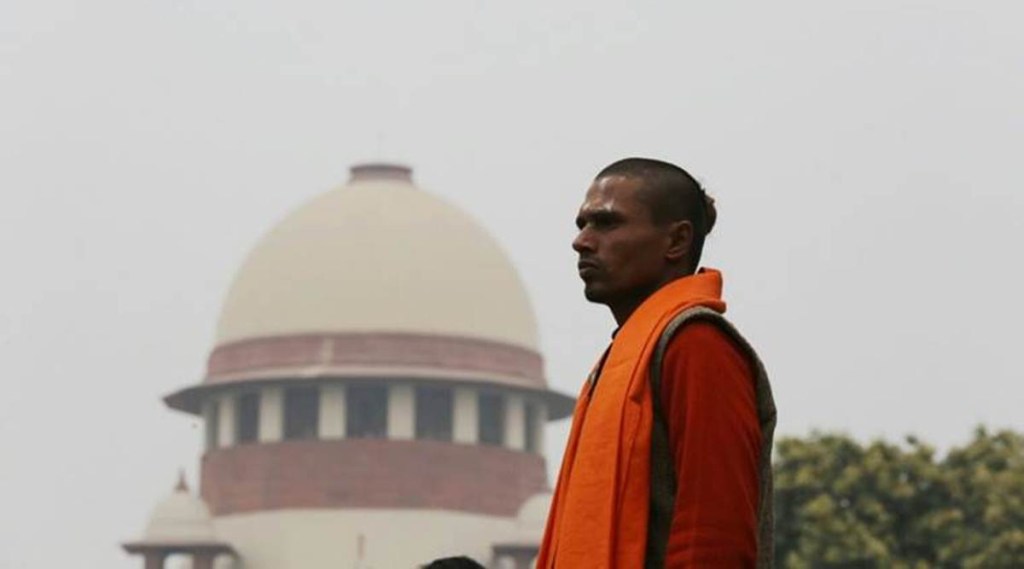The Supreme Court on Friday ordered time-bound mediation in the contentious Ram Janmabhoomi-Babri Masjid Ayodhya title dispute case. The court-monitored mediation process would be held in Faizabad of Uttar Pradesh and the state government would be responsible for its facilitation. The court also appointed a three-member panel headed by former Supreme Court justice FM Kalifulla. Spiritual guru Sri Sri Ravi Shankar and mediation expert Sriram Panchu have also been appointed as the members by the top court.
The court said that mediation process would start within four weeks and be completed within eight weeks. It further said that mediators can co-opt more on the panel if necessary and allowed them to seek further legal assistance as and when required.
Also Read: Ayodhya case: Supreme Court appoints three mediators. Who are they?
On March 6, when the top court said that it was in favour of sending the matter for mediation, the Hindu parties and the state of Uttar Pradesh opposed the top court’s suggestion saying mediation is bound to fail. They said that mediation is not possible because the entire disputed land belongs to Lord Ram. On the other hand, Muslim parties have said they are ready for negotiations.
Hindus have argued that in the past, whenever mediation was taken up to resolve the matter amicably, it failed because Muslim parties staged a walk out at the last moment. Hindu parties registered their strong objection in court, following which the court reserved its order sought names from all the involved parties who would represent them during the mediation process.
There have been at least four unsuccessful attempts by different governments and other eminent personalities to resolve the issue through mediation.
The first attempt was made during VP Singh’s government in the 90s. Then Prime Minister VP Singh had initiated talks between the Hindus and Muslims to find a permanent solution. The efforts yielded fruitful results and an ordinance was about to be promulgated as per the agreement between the parties. However, talks ended without any settlement and the government was forced to recall the ordinance.
The second attempt to resolve the case was initiated by PM Chandra Shekhar and once again it appeared that all parties were on the same page. But unfortunately, the government couldn’t survive and the talks failed.
When PV Narasimha Rao took charge of the top office, he also initiated talks between Hindus and Muslims to resolve the case permanently. But Rao also failed to take the talks to a logical end.
The fourth time the government initiated fresh initiative to resolve the case was under Atal Bihari Vajpayee’s leadership. Vajpayee had set up an Ayodhya cell in his office and designated a senior official to hold talks with Hindu and Muslim leaders. But this also failed. In 2003, Vajpayee even tried to resolve the matter by seeking help from Kanchi Peeth Shankaracharya. At that time, Hindus and Muslims assured Jayendra Saraswathi that they will find a solution within a month but they could not.
In 2010, the Allahabad High Court delivered its judgement in the case. The court ordered bifurcation of the disputed 2.77 acres of land equally among the three involved parties — Ram Lalla, Nirmohi Akhara and Sunni Waqf Board. Later, several petitions were filed in the Supreme Court challenging the High Court’s order. The matter reignited last year when the Vishwa Hindu Parishad launched a campaign to mount pressure on the Modi government to promulgate an ordinance to pave the way for early construction of the temple. The government, on its part, made it clear that it will not take an ordinance route since the matter is pending in the top court.

